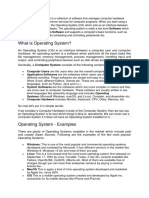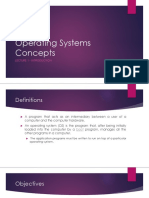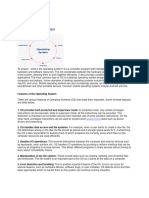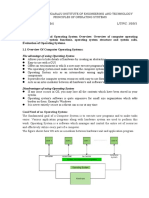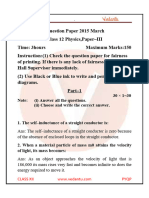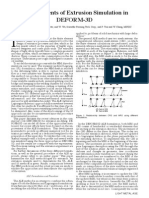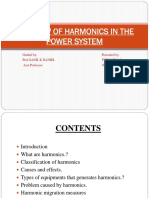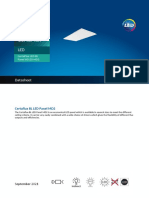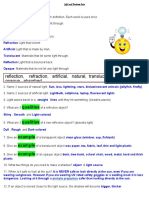0% found this document useful (0 votes)
45 views4 pagesChapter 1 Introduction To Operating Systems Part 1
An Operating System (OS) is essential system software that serves as an interface between users and computer hardware, managing resources and facilitating the execution of applications. Its main functions include process management, memory management, file management, device management, security, and providing a user interface. The OS ensures efficient operation of hardware and software, monitors system performance, and protects against unauthorized access.
Uploaded by
rayanshinde206Copyright
© © All Rights Reserved
We take content rights seriously. If you suspect this is your content, claim it here.
Available Formats
Download as PDF, TXT or read online on Scribd
0% found this document useful (0 votes)
45 views4 pagesChapter 1 Introduction To Operating Systems Part 1
An Operating System (OS) is essential system software that serves as an interface between users and computer hardware, managing resources and facilitating the execution of applications. Its main functions include process management, memory management, file management, device management, security, and providing a user interface. The OS ensures efficient operation of hardware and software, monitors system performance, and protects against unauthorized access.
Uploaded by
rayanshinde206Copyright
© © All Rights Reserved
We take content rights seriously. If you suspect this is your content, claim it here.
Available Formats
Download as PDF, TXT or read online on Scribd
/ 4






















